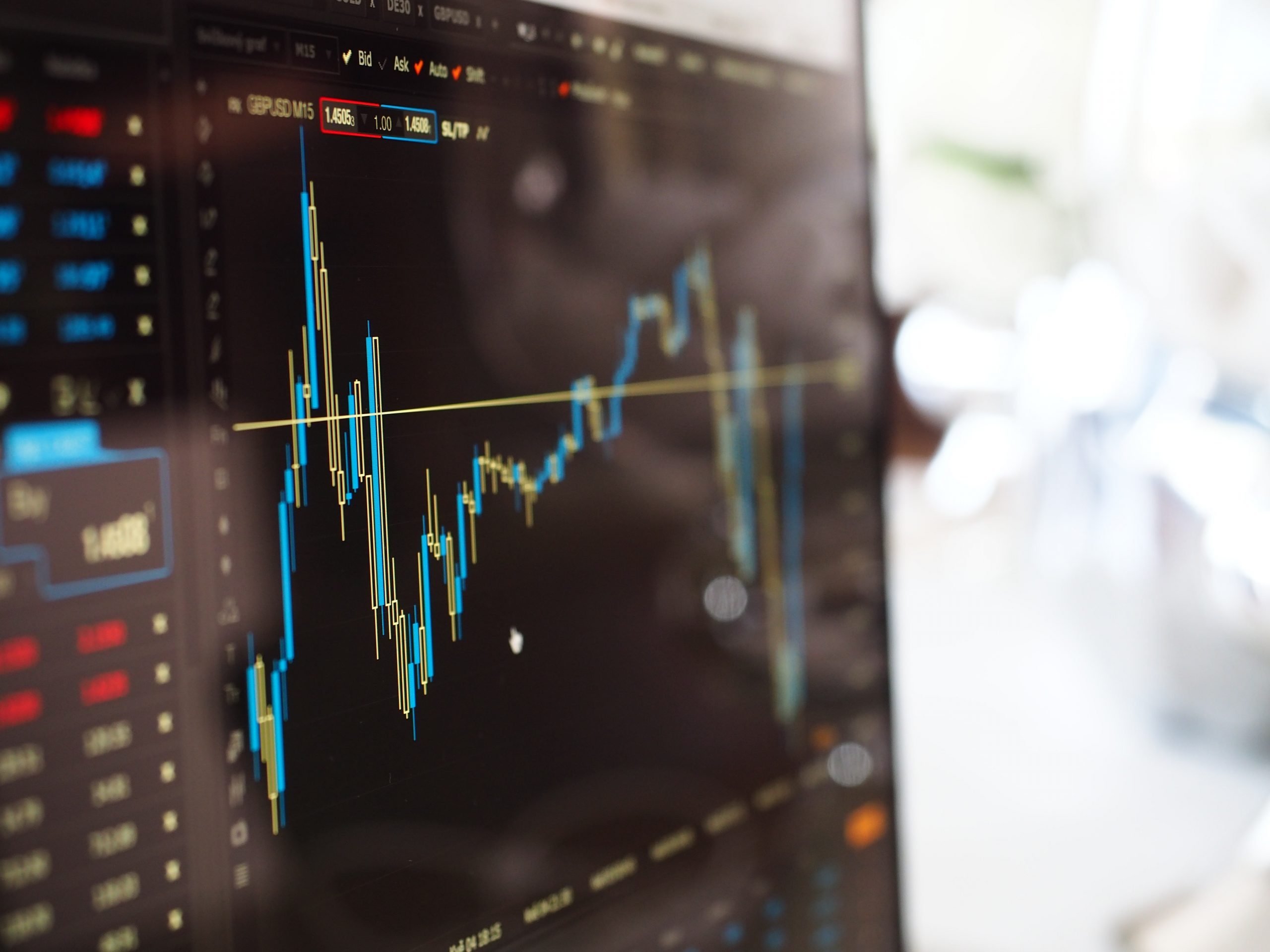The foreign exchange market is one of the busiest in the world. It is also a challenging market for both skilled traders and novices. Irrespective of their skill levels, traders use a variety of forex trading tools that help determine and facilitate the most profitable market entry and exit points.
The tools are available free, or at a fee paid through a subscription service. Some of the best trading platforms, such as the MetaTrader 4, offer traders with trade automation abilities and a comprehensive list of varying technical trading indicators.
The work of the technical indicator tools is to analyze price patterns based on past and present trends. They also help to forecast the future behavior of currency pairs. There are several technical indicator tools to choose from for forex trading, and below are brief introductions of some of the most popular technical analysis tools.
Top Forex Trading Technical Analyzing Tools
· Moving Averages
Moving averages, (MA) is one of the oldest forex trading technical analyzing tools as it dates back to the 1900s. It is popular with both seasoned and less skilled traders, and it is easy to use. Moving averages identify the price market’s direction to determine the support and resistance levels for a set period. The analysis uses more than one line to indicate the price movement at different times.
The indicator is customizable, and traders can choose the time frames they want to calculate their price averages. Most forex traders use 15, 20, 30, 50, 100, and 200 days as their time frames when using MA. Two major moving averages technical analysis tools are- Simple Moving Average (SMA) and Exponential Moving Average (EMA).
· Fibonacci Strategy
First introduced by an Italian mathematician Leonardo Pisano Bogollo in the 13th century, the Fibonacci strategy is another technical analysis tool forex used by traders. The main objective of the strategy is to identify the major turning points in the financial market. It uses a number sequence starting from zero to infinity.
The third number on the sequence is a sum of the previous two, and it looks something like this: – 0, 1, 1, 2, 3, 5, 8, 13, 21, 34, 55…….. Besides the number sequence, traders also use the Fibonacci trading ratios:- 0%, 23.6%, 38.2%, 50%, 61.8%, and 100%, exhibited by horizontal lines that indicate the resistance and support levels, and a trend line that runs between the low and high points.
· Bollinger Bands
Bollinger Bands dates back to the 1980s after its introduction to the market by author and financial analyst John Bollinger. Forex traders use Bollinger bands, plotted as three lines, to measure the volatility of the currency market and identify oversold and overbought situations. When the market is inactive or quiet, Bollinger bands contract.
Additionally, they expand when the market is busy or loud. When the market conditions change, the bands adjust automatically. The three bands are upper, middle, and lower bands.
· Stochastic Oscillator
Stochastic is another popular simple momentum oscillator used by forex traders of different skill levels. It dates back to the late 1950s, after its development by George lane. The main work of the technical tool is to measure the price momentum. It identifies reversal points when a currency pair moving in a given direction oscillates up and down.
Like many other technical analysis tools, a stochastic oscillator uses two lines between 0 and 100 to compare the high and low set time frame of 14 days or more with the current price. An indication of market overbought is when the lines go above 80, while an oversold is below 20. The best time to buy as per the stochastic lines is when the market is oversold, while the best time to sell is when the market is overbought.
Wrapping it up
The above technical analysis tools are just some of several other tools that forex traders use in the highly volatile foreign exchange market. They help the traders identify and analyze price trends, measure market volatility, and much more. Some of the analysis tools are simple to use, while others are too technical, especially for novices. Overall, they make trading easier and provide more chances of making profits.


Comments are closed